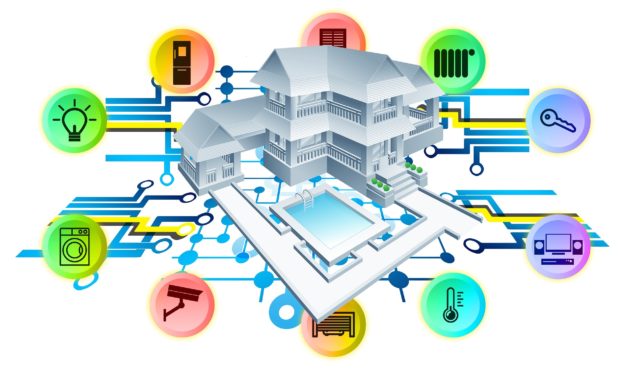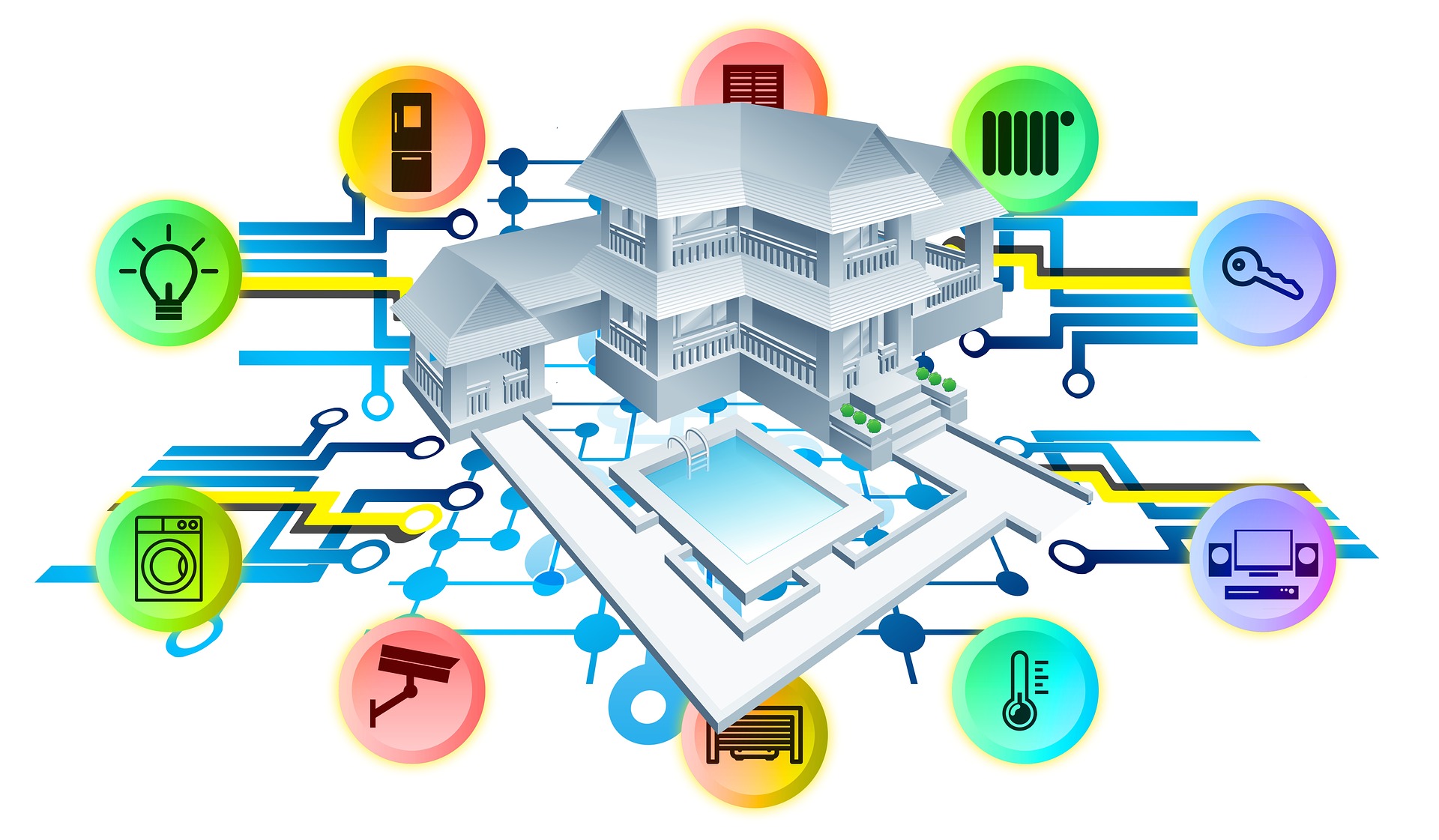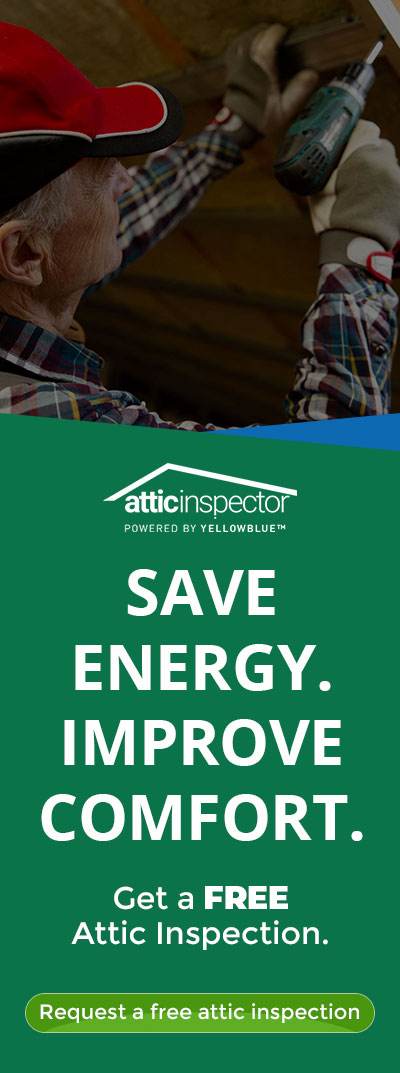2017 was a big year for green building. As temperatures rose across the country, the public began taking notice of climate change’s effects more than ever.
As the industry moves forward, here are the top production trends other green construction firms are concerning themselves with as they adapt to their market’s needs.
Material transparency
It’s no surprise the green building and construction industry has a strong moral conscience, and over the past year, it’s extended to the manufacturer. The green industry has started to recognize an additional impact influencing climate change besides carbon emissions, and that is “embodied” emissions. While the commonly known carbon emissions come from industrial operations, embodied ones come from the product manufacturing process. These emissions have often been overlooked in the pursuit of lowering carbon’s damage.
Future products are going to be more focused than ever on minimizing embodied emissions. It will likely be a defining characteristic among products going forward. Customers will begin to take notice, so suppliers who manage to get ahead of the curve and exhibit the fullest transparency will be starting 2018 with an edge.
LEED and WELL continue making strides
These certifications have moved past being just influential; they’re now the effective standard.
According to the most recent World Green Building Trends report, the Leadership in Energy and Environmental Design (LEED) standards are also being implemented on a massive global scale with megacities in developing countries.
The International WELL Building Institute’s WELL certifications, which measure how healthy a building is for the employees that work in it, have only risen in popularity and ubiquity, suggesting that the industry’s future will not merely be focused on protecting the environment, but all of those who inhabit it.
WELL and LEED’s importance going forward is immense, and their influence will greatly affect the basis for what future projects — commercial, institutional, and residential — consider necessary and right.
Commercial and institutional construction
As detailed in the WGBT report, new commercial construction is the top growing sector in the green building industry globally, as 46 percent of firms that participated in the study reported plans to undergo a commercial project in the next three years. In the United States, that number sat at 41 percent.
This indicates the commercial market is likely responding to the public’s increased interest in green construction. Today’s consumers are savvy and educated when it comes to what your business stands for, and when a business exhibits eco-conscious behavior, customers take notice. Implementing green technology into the foundation of your business could be more than a relief for your conscience, but a boost to your brand.
In the United States, the top reporting sector of growth was in institutional construction; schools, hospitals, and public buildings are moving faster toward a sustainable existence than in the private sector, but the private sector is not far behind.
“Smart” technology
Part of the LEED rating system incorporates to what degree a building or project self-manages and regulates. As the industry standard becomes more common, so too do “smart” buildings, which allow incredibly controllable processes to HVAC, interior lighting, and energy systems.
Additional building improvements such as indoor air and carbon-dioxide monitoring, temperature and humidity control, and lighting/ventilation regulation all give a building a better LEED rating. Effectively, the more autonomy that the occupants of a building have over their own environment, the more legitimacy and praise the firm will receive.
These incentives will push what the industry deems the bottom line for high-quality green construction, and will not be going away anytime soon.
Stay ahead of the curve
The green building industry and customer base are getting more educated, cautious and savvy. Implementing the right kinds of products in your commercial, industrial, or residential project is more crucial than ever.
With so many companies competing in the green building industry, it’s important to find the right people and products to stay ahead of the pack as the trends change. At Yellowblue, we focus on getting out products that create a holistic healthy environment for homes and their residents. Technologies like the Better Air Priobiotic Air Purification System — which replenishes indoor air spaces — are the kinds of health-conscious machines that can put a building on the cutting edge of the industry.
Contact us to learn more about our whole-home solutions and make your next project your most advanced yet.




